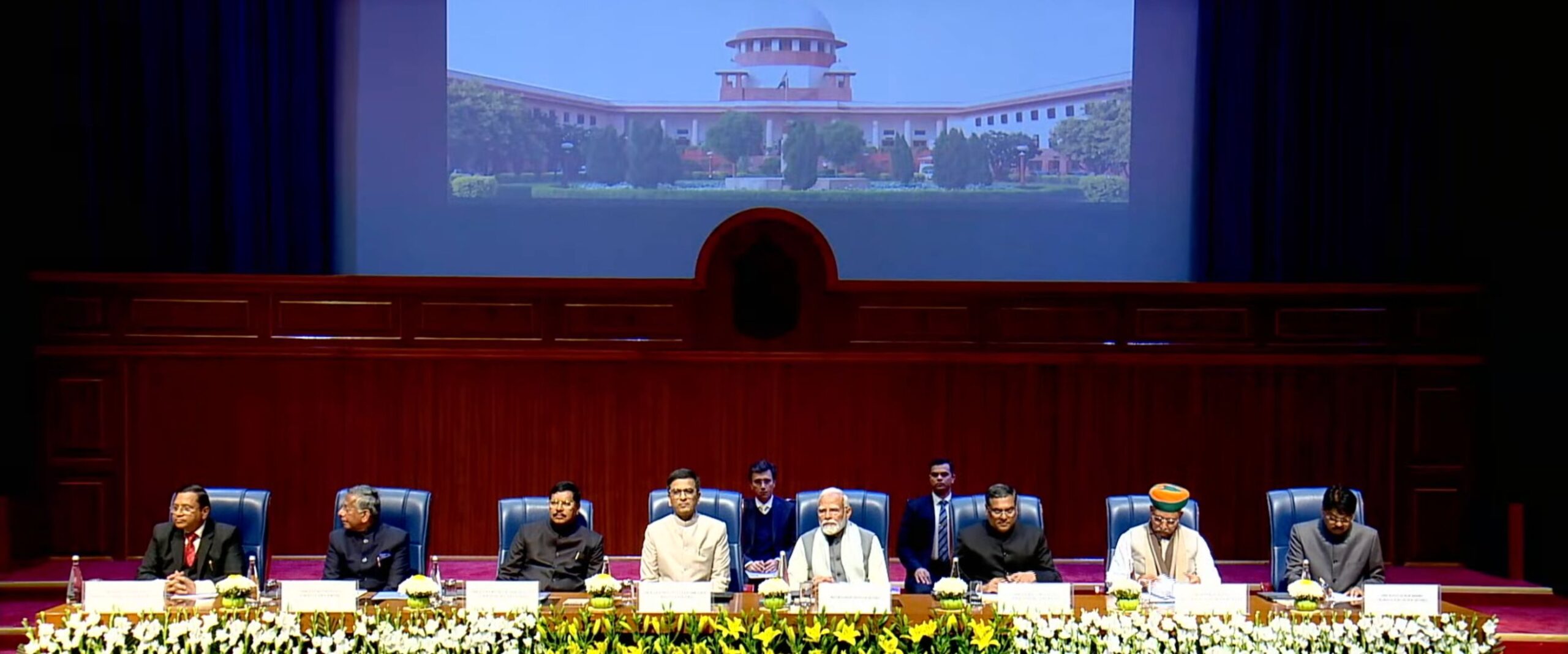Analysis
“Complex articulation often seeps into our judgements”: Justice Sanjiv Khanna
While delivering the inaugural address at an event to kick off the Court’s 75th year, the judge acknowledged that orders need to be brief

On 28 January, at a ceremony to kick off the diamond jubilee celebrations of the Supreme Court of India, Justices Sanjiv Khanna and B.R. Gavai highlighted how far the top court had come since 1950.
Justice Khanna: “There is a harmonious coherence between SC benches”
In his inaugural address at the event, Justice Khanna noted that when the Court started functioning in 1950, it had eight judges and delivered 43 judgements. Now, the full strength of the Court is 34 judges and it delivers “more than 1,000 judgements per year.”
Justice Khanna also noted the size of a typical Supreme Court bench had changed over the years. Larger benches were more common in the Court’s early years but in recent times, it has typically sat in a combination of two or three judges. “This ensures diverse representation and acknowledges varied perspectives within the judicial system,” Justice Khanna said.
He also pointed out the “harmonious coherence” between the benches, which had contributed to the evolution of law and the establishment of precedents. This made the “court “widely accessible” and helped it “prioritise accessibility.”
Having remarked on these achievements, Justice Khanna also spent a few minutes talking about areas of improvement. He acknowledged the rising cost of litigation in India, while also stating that delays in the judicial process burden individuals and businesses.
To make courts more citizen-friendly and litigant-driven, he advocated a greater adoption of technology and also the use of simpler language in orders and judgements. Justice Khanna, while referring to Prime Minister Narendra Modi’s remarks about the Union Government’s attempt to draft simpler laws, acknowledged that the Court’s judgements often contain “complex articulation.”
“Our judgements, though profound and impactful, need to be simple, clear and brief,” Justice Khanna said.
Justice Gavai: “Supreme Court designed to shield against excesses of power”
In his closing address, Justice B.R. Gavai spoke about the “tremendous expectation” from the Supreme Court as the country shifted from a colonial to a constitutional system.
Justice Gavai noted that the Constitution-framers considered the right to move the Supreme Court so significant that they included Article 32 in the chapter on Fundamental Rights.
The Constitution established the Court as an institution that could act as a “shield for the citizens against the excesses of power” and that could uphold the ideals of justice, equality and fraternity.
Justice Gavai thanked the Court registry for organising the event “so efficiently.” The event took place in the additional building of the Supreme Court, which is across the road from the building where the courtrooms are situated.
Earlier, Prime Minister Narendra Modi had announced that the Union Government had allocated ₹800 crores for the expansion of the Supreme Court building complex. Since 2014, Modi said, the government had made a total allocation of ₹7,000 crores for judicial infrastructure. “I hope no one comes with a petition that money is being wasted, as some did with the new Parliament building,” Modi said, as Chief Justice D.Y. Chandrachud and Justice Gavai were seen smiling.
Finally, Justice Gavai disclosed that this inaugural event was the first of a year-long celebration which will be focussed on “engaging with citizens.”